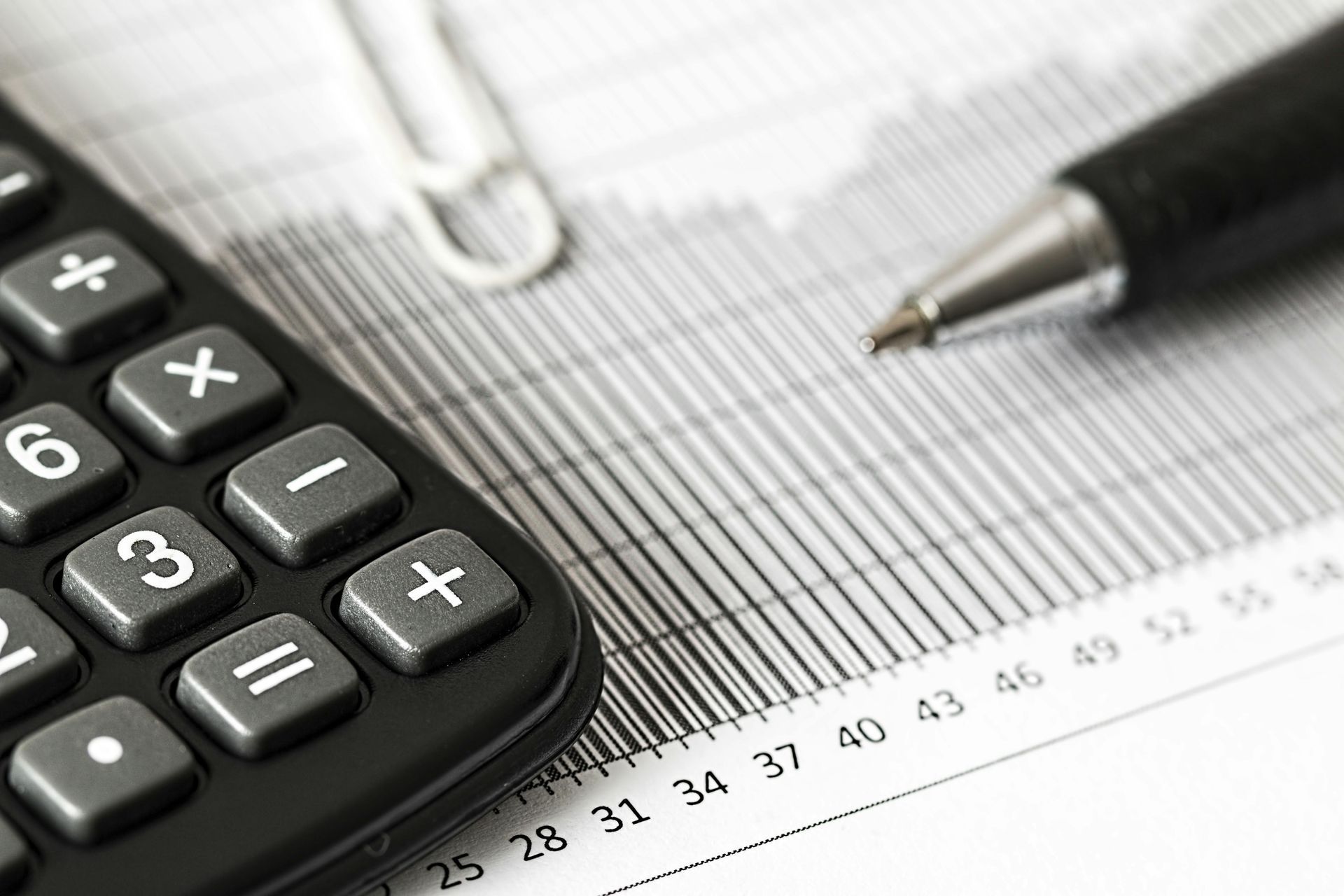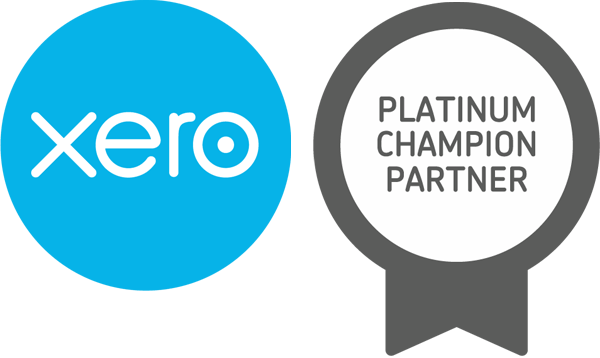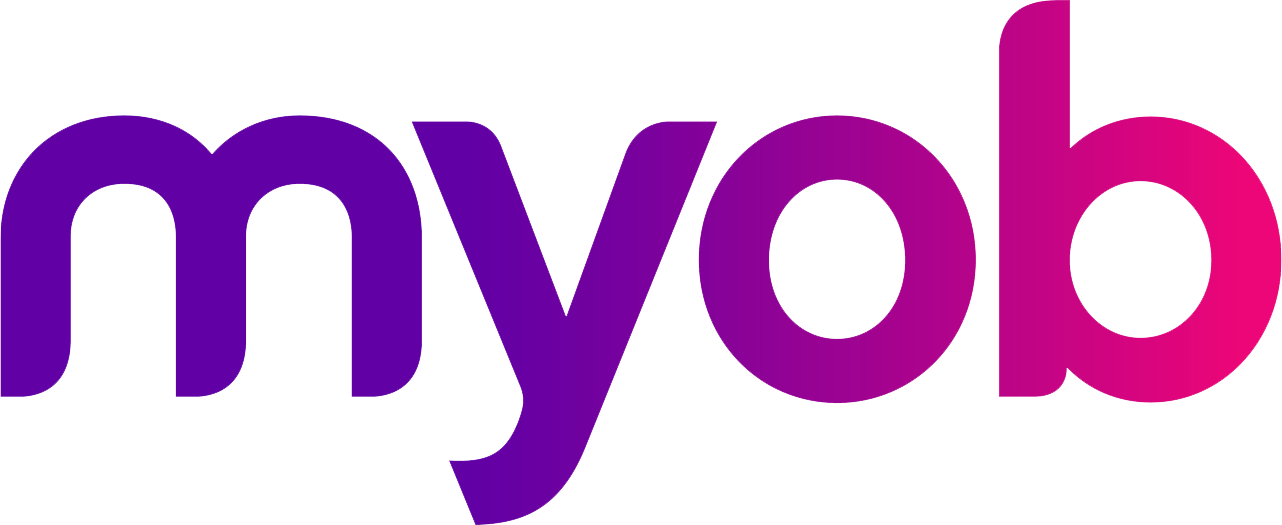Superannuation Rate Changes
Superannuation Rate Rises to 11%
The superannuation guarantee (SG) rate increase from 1 July 2023 will see more employees (and some contractors) entitled to additional SG contributions to their superannuation fund.
On 1 July 2023, the SG rate increases from 10.5% to 11%. In some cases, an employee’s pay period will cross over between June and July when the rate increases. However, the percentage employers must apply is determined based on when the employee is paid, not when the income is earned. The rate of 11% will need to be applied to all salaries and wages paid on or after 1 July 2023, even if some or all the pay period it relates to is before 1 July 2023.
What happens if the pay period crosses over between June and July
On 1 July 2023, the SG rate increases from 10.5% to 11%. In some cases, an employee’s pay period will cross over between June and July when the rate increases. However, the percentage employers must apply is determined based on when the employee is paid, not when the income is earned. The rate of 11% will need to be applied to all salaries and wages paid on or after 1 July 2023, even if some or all of the pay period it relates to is before 1 July 2023.
This means that if the pay period ends on or before 30 June, but the pay date falls on or after 1 July, the 11% rate applies to those salary and wages.
Legislated SG Rates
Employers should prepare for ongoing annual increases to the SG rate over the next couple of years. The following already-legislated increases will proceed as follows:
1 July 2023 to 30 June 2024 - 11%
1 July 2024 to 30 June 2025 - 11.5%
1 July 2025 onwards - 12%









